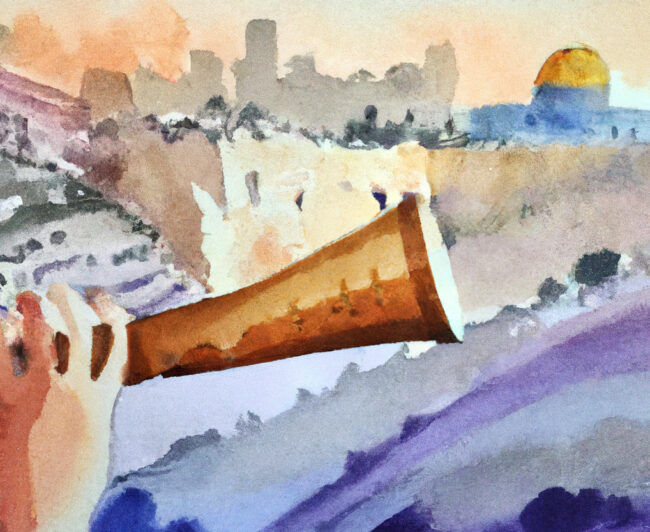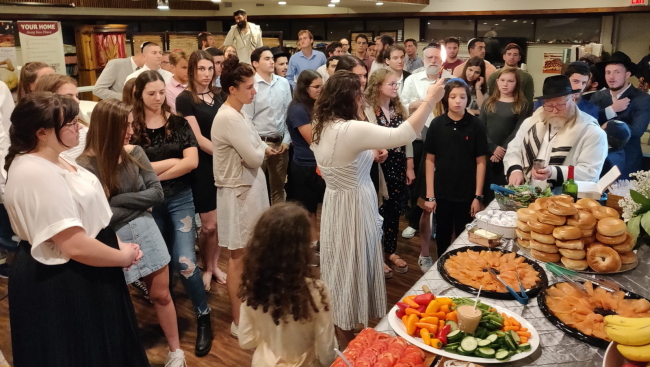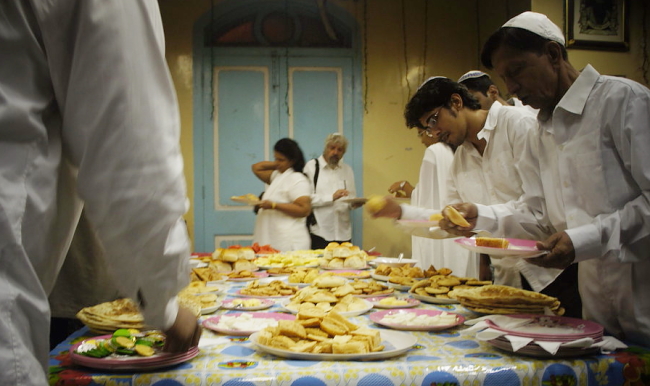SUNSET SUNDAY, SEPTEMBER 24: From the sweet wishes of Rosh Hashanah and through the High Holidays, Jews arrive tonight at what is often referred to as the holiest day of the year: Yom Kippur.
A solemn observance, Yom Kippur (also called the Day of Atonement) is believed to be the final opportunity to make amends before one’s fate is sealed for the coming year.
News 2023: This year marks the 50th anniversary of the Yom Kippur War, which lasted 18 days and began with a surprise attack on Israel during Judaism’s holiest day (read the story in the Jewish Chronicle.)
According to a 2021 study by the Jewish Federation of Greater Los Angeles, approximately half of the residents who identified as Jewish planned to attend synagogue services on Yom Kippur, reports the Los Angeles Times. With more Jews seeking an alternative to traditional services, communities are offering alternatives such as documentary screenings, service projects, retreats and music “experiences.” (Read more here.)
What should most Jews know about Yom Kippur? Chabad.org offers a list of 19 facts “every Jew should know.” Read the article here.
Looking for break-the-fast recipes? Try a Yom Kippur recipe suggestion from the New York Times, or from Parade.
YOM KIPPUR: FASTING AND FORGIVENESS
For 25 hours–this year, from sunset on September 24, the official start of Yom Kippur–Jews uphold a strict fast. Intense prayer accompanies the fasting, and many Jews spend hours repenting. Having asked forgiveness from others and made amends in the days preceding Yom Kippur, Jews ask forgiveness from God on Yom Kippur. Kol Nidre, or “All Vows,” gathers the larger Jewish community and begins Yom Kippur evening services; Ne’ilah, a service during which the Torah ark remains open and the congregation stands, is the final plea to God for forgiveness. A blast from the shofar follows the final prayers.
Why is Kol Nidre so significant? Kol Nidre is a deeply emotional experience for many Jews. At the start of Yom Kippur, amends are made and the community symbolically opens itself to regular members as well as others who rarely attend services. There is a long and complex history to the traditions of Kol Nidre—and there are many examples in Jewish fiction of moving scenes set at Kol Nidre. Overall, Kol Nidre represents a fresh resetting of commitments and promises within the community.
SOLEMNITY AND CELEBRATION
Although Yom Kippur is a solemn day, it is also one of celebration: Celebration of the anniversary of God forgiving the Jewish people for worshipping the golden calf. According to Jewish scholar and ReadTheSpirit contributing writer, Joe Lewis:
By traditional calculation, Moses brought the second tablets to the people on Yom Kippur. God’s nature is revealed to Moses as a God of mercy and compassion, patience and kindness (Ex. 34:6), and this idea is central to the liturgy of the day. We end the day with a blast on the shofar, eat our fill, and make plans for the festival of Sukkot (Tabernacles), which is only five days away.


